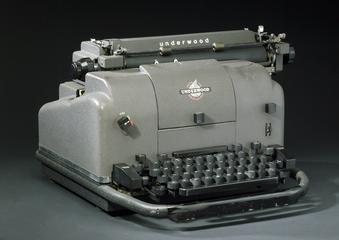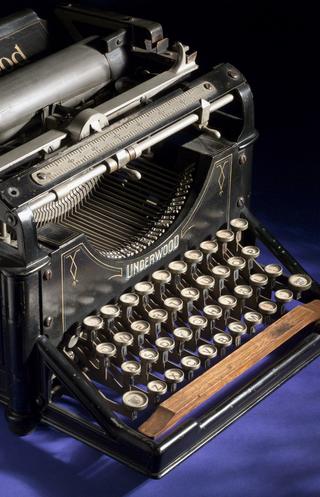
Alphabets for instruction in Braille and Morse code

Box containing a full alphabet for instruction in Braille, and a set of cards and letters for instructing the blind and deaf in Morse, also three additional letters (A, M and R).
This box of different systems of communication for use by the blind and partially sighted was donated by Lord Algernon Percy, a former military officer and MP who was President of the Warwickshire Association for the Blind (WAB) from its foundation in 1911 until his death in 1933 when he was replaced by his daughter Mrs Katherine Heber-Percy, the assocation's Secretary.
Louis Braille developed his own system aged 15 years old, having lost his sight at a young age. Braille is a system in which raised dots in a six-dot cell represent each letter of the alphabet as well as equivalents for punctuation marks and symbols to show letter groupings, Braille is read by moving your hands from left to right along each line. Despite its contemporary popularity, Braille did not become universal in Louis’ lifetime— he died in 1852 and it was only adopted in France and England in the late 1800s (and later worldwide).
Details
- Category:
- Printing & Writing
- Object Number:
- 1920-58
- type:
- braille alphabet and morse code instructions
- credit:
- Donated by Lord Algernon Percy




